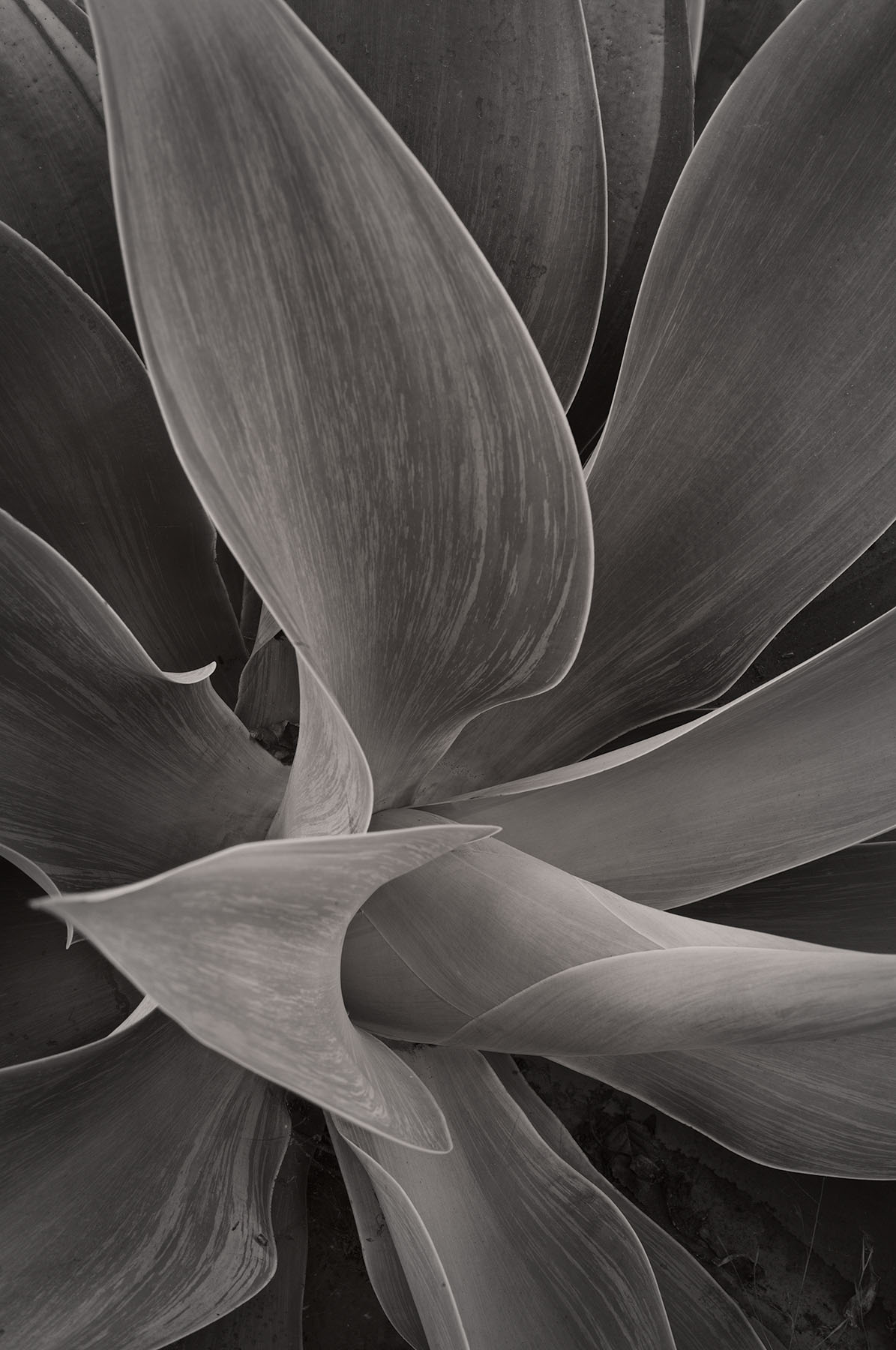I’ve been having a great deal of fun experimenting with new Leica M lenses and new techniques. In particular, I’ve used the enhanced dynamic range properties of my Monochrom M11 combined with wide-open to handhold some black and white images in field situations where normally I would have worked with a tripod and longish shutter speeds.

This casual approach to ISO has worked well with some handheld images. However, it is a fine line between casual and lazy. The other day it bit me.

I was out in the twilight gloaming having fun in my casual handheld way with some local Agave plants. Reviewing the images later on my computer, I could see that the subject matter could benefit from a more studied and classical approach—if one can call capture on a 60MP monochrome sensor “classical”.

I held my breath and hoped I would get another chance with the light: high, not-too-dense fog in the early evening was required to make the photography glow with reflected diffused light. Luckily, these weather conditions happened for the second late afternoon in a row, and I had another chance.

I headed up the block with a tripod and my Monochrom M11 outfitted with my Leica Summilux-M 50mm f/1.4 Aspherical lens. This is an expensive, classical lens that captures light with an incredible, but almost clinical, elan.

Working slowly, with the camera on the tripod, I choose a low ISO (125) and stopped the Summilux down all the way (to f/16). Exposures were in the range of one or two seconds. The images that resulted emphasize the curves and abstract shapes of the Agaves.

I am printing a very small edition of this suite of six images on Moab Juniper Baryta. The prints will be small and positioned on the paper so they appear jewel-like. Please contact us if you’d like to pre-order one of these portfolios.
Chuck Sinclair
6 Sep 2024I was wondering what you were doing with your new Leica’s and now I know. I am stunded at the sharpness of the edges of these images.